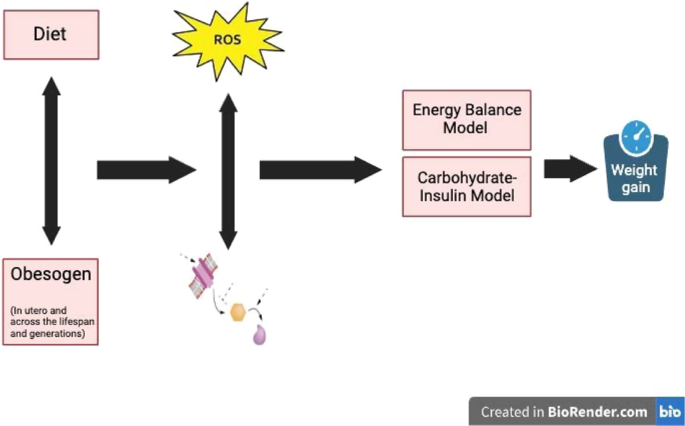Obesity
Obesogens: a unifying theory for the global rise in obesity

The obesity epidemic continues to escalate despite various treatments and prevention efforts. The complexity of obesity’s causes is highlighted by recent scientific discussions and reports indicating a lack of consensus on its root causes.
Researchers recently published a paper discussing four models of obesity. The first two are widely recognized, whereas the latter two are less well-known:
- The Energy Balance Model (EBM) proposes that obesity results from a chronic imbalance between energy intake and expenditure. It emphasizes the brain’s role in regulating body weight and highlights the impact of ultra-processed foods and gastrointestinal hormones on food intake.
- The Carbohydrate-Insulin Model (CIM) suggests that high intake of refined carbohydrates leads to elevated insulin levels, promoting fat storage and reducing energy expenditure. This model focuses on the quality of calories rather than the quantity.
- The Reduction-Oxidation Model (REDOX) emphasizes the role of oxidative stress in obesity. Excessive reactive oxygen species (ROS) generated by nutrient overload can lead to fat storage and metabolic dysfunction.
- The Obesogen Model (OBS) posits that exposure to certain chemicals (obesogens) during critical developmental periods can disrupt hormonal signaling and metabolism, leading to increased susceptibility to obesity.
The authors propose combining the OBS and REDOX models with the EBM and CIM models for a more comprehensive approach. They believe this integration is necessary because obesogens and oxidative stress create misleading signals about energy status which affect metabolism and lead to obesity.
Understanding the interplay between these factors can potentially lead to more effective prevention and treatment strategies. Importantly, reducing exposure to obesogens, especially during critical developmental periods, and adopting healthier dietary practices could help mitigate the risk of obesity.







